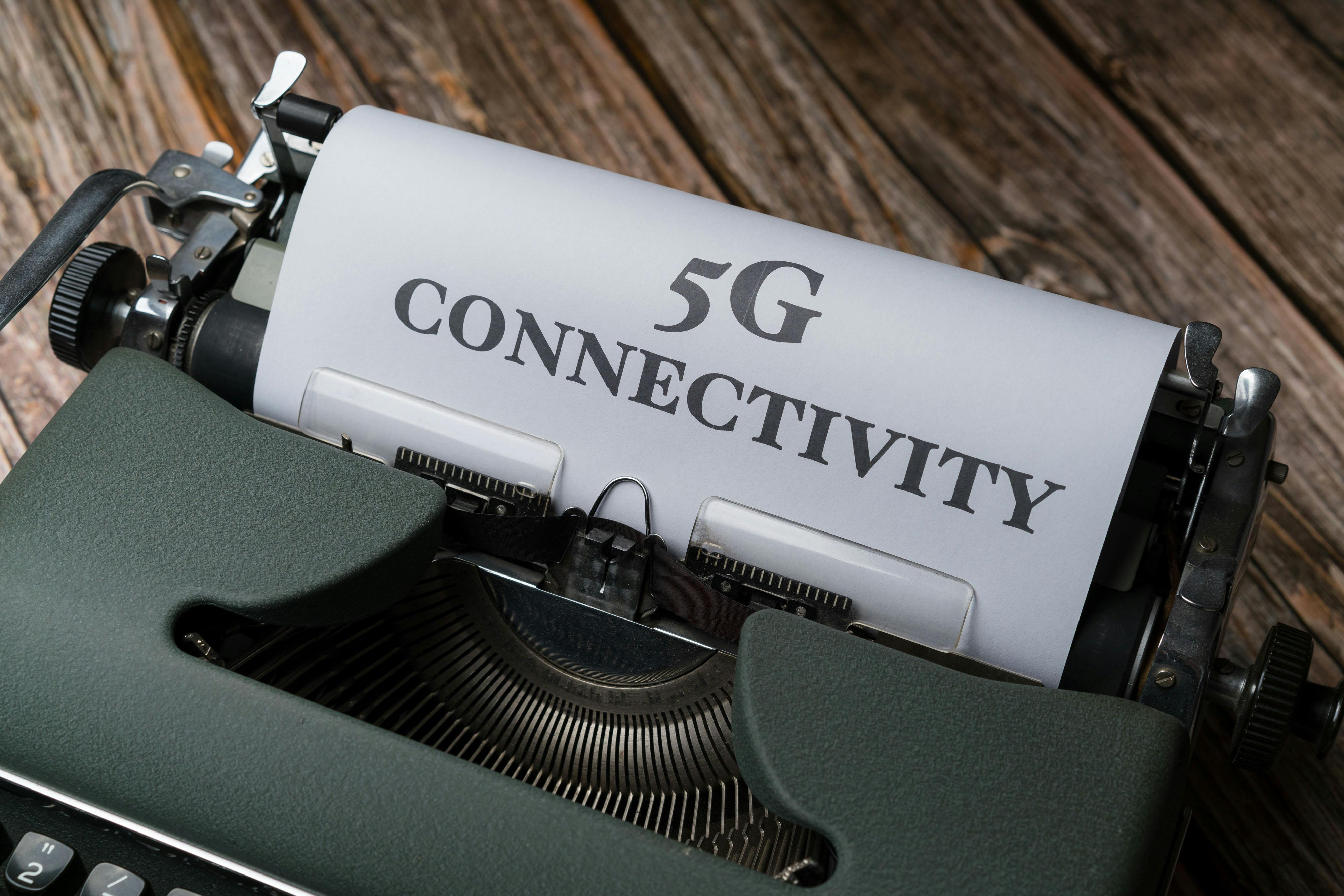Amplifying Virtual Reality: The Unseen Power of AI in Enhancing VR Experiences

Emerging technologies such as Artificial Intelligence (AI) and Virtual Reality (VR) are continually shaping various industries, revolutionizing the user experience and taking digital interaction to unprecedented heights. The intersection of these two technologies has resulted in innovative real-world applications, enhancing user experiences like never before.
Artificial Intelligence: An Overview
Artificial Intelligence or AI is a branch of computer science that emulates human intelligence in machines. These machines, programmed to think like humans, perform tasks such as learning, identifying patterns, problem-solving and decision making. AI has rapidly evolved to a stage where it now includes machine learning and deep learning, creating systems that can learn and improve from their experiences.
Virtual Reality: A Leap into the Digital Universe
Virtual Reality or VR is a digital technology that allows users to interact in a seemingly real but computer-generated environment. VR creates immersive, computer-generated scenarios that can either mirror reality or completely detach from it. It enables users to experience an entirely different reality, interact with the digital world, and even manipulate and navigate complex 3D images as if they were physically present.
The AI and VR Transformative Synergy
When AI and VR come together, they unlock a world of endless opportunities, synergizing each other’s capabilities. AI helps in improving VR experiences by giving them more depth and realism. For instance, AI algorithms can assist in making VR environments more interactive and reactive to user behaviour, giving a closer-to-reality experience.
AI plays a crucial role in enhancing VR applications by providing personalized experiences based on user behaviour and preferences. The intelligent algorithms can gather data and analyze user interaction patterns in VR environments, offering customized experiences that adapt according to user behaviours and preferences.
Applications and Benefits of AI Integrated with VR
Mixed Reality (MR) applications, for instance, are an excellent example of AI and VR integration that provides immersive learning experiences. In the healthcare industry, this fusion helps in creating realistic simulations for surgeons, facilitating more effective training. In the gaming industry, the mix is revolutionizing the gaming experience, adding a new level of suspense and excitement as the games can predict the player's moves and adapt accordingly.
Moreover, with AI patterns and trends identification, businesses can tailor their VR experiences, allowing for more targeted marketing strategies. An AI-enhanced VR interface can transform a casual browser into a potential customer by offering highly personalized experience based on their online activity and personal preferences.
Future Potential of AI and VR
Looking forward, as AI and VR technology continue to advance, the potential for even more enhanced experiences grows. There is an increasing interest in combining AI and VR to create even more realistic and intelligent virtual environments.
In conclusion, the integration of AI and VR is a transformative convergence that takes user experiences to new frontiers, offering unlimited possibilities for innovation and growth. As these technologies continue to evolve, they will pave the way for a digital landscape filled with personalized and engaging experiences. The potential for AI to enhance VR experiences is immense, and as technological advancements continue, there's no limit to what this powerful duo can achieve.
